Ask Seoulites to describe their queer peers, and you probably won’t hear “out and proud!”

Blame it on the Korean culture’s strong Confucian undercurrents or its habit of discouraging so-called “alternative lifestyles,” but gay and lesbian Seoul rarely means venturing beyond the closet.
Even so, Seoul boasts a vibrant LGBT scene, even if much of it is hidden in plain sight. Here’s an overview!
Jongno-(gay)-ga
It’s easy to miss the scores of tiny Seoul businesses that cater to gay men. Concentrated in the Nagwon-dong (낙원동) and Donui-dong (동의동) neighborhoods outside Jongno 3(sam)-ga Station (종로3가역), in the sea of signage are discrete rainbow flags or the words, “members only.”

Bars with terse names like 79 and GQ have just a handful of tables where Korean customers pay about W20,000 for an obligatory anju snack plate. A newer crop of roomier “one-shot bars” like Shortbus and Bar Friends cater to a (slightly) more multicultural clientele… and perhaps more importantly don’t force feed you!
Another interesting take on Jongno’s gay scene is located beyond the bars. The nattily-dressed men of girth who congregate at the Fraser Suites’ ground floor café are known as “bears” in gay parlance, and their proverbial den is called “Gay Bean.”
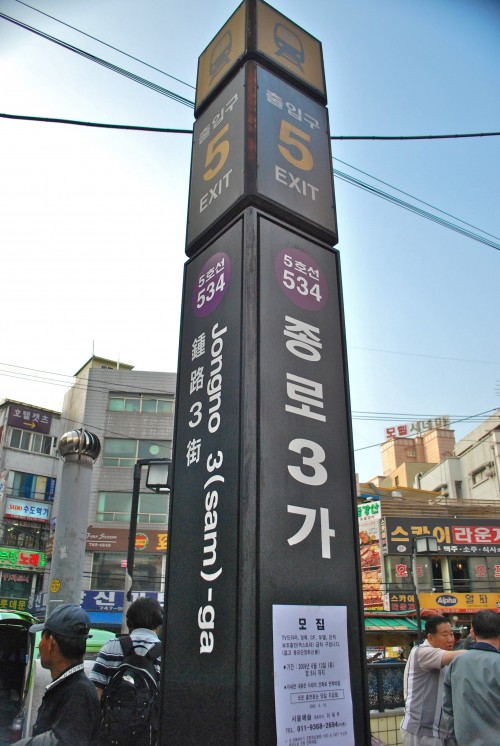
On the other side of the Nagwon Arcade is a line of pojangmacha snack carts where 90% of the customers on a balmy summer evening are also young gays. Community health organizations like iShap are also located in Jongno.
Seoul’s lesbians, however, enjoy fewer venues, with most of them located in the neighborhoods around Hongik and Ewha Woman‘s universities. Among them, Labris claims to be Seoul’s oldest.

The classy yet unpretentious venue has three levels for drinking and dancing, all of which are off-limits to the guys.Another interesting take on Jongno’s gay scene is located beyond the bars.
The nattily-dressed men of girth who congregate at the Fraser Suites’ ground floor café are known as “bears” in gay parlance, and their proverbial den is nicknamed “Gay Bean.”
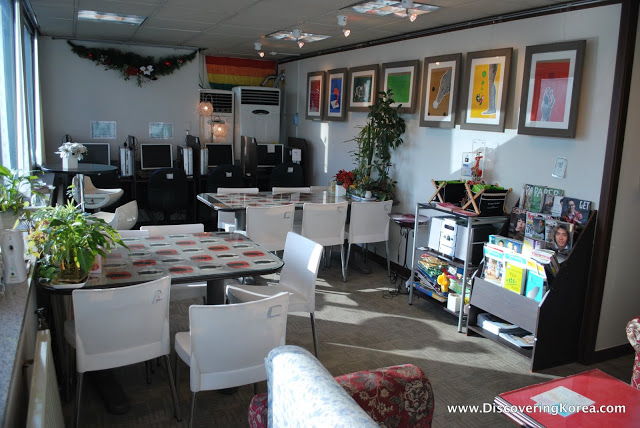
On the other side of the Nagwon Arcade is a line of pojangmacha snack carts where 90% of the customers on a balmy summer evening are also young gays. Community health organizations like iShap are also located in Jongno.
Itaewon Freedom
For some non-Koreans, Jongno or Edae can feel too insular. For them, the closest Seoul has to a Western-styled “gay-borhood” is about 60 meters of asphalt pitched at a 30 percent grade.
Located in the expat enclave of Itaewon (이타원), the strip, known affectionately as “Homo Hill,” is fun, if even a little fabulous.
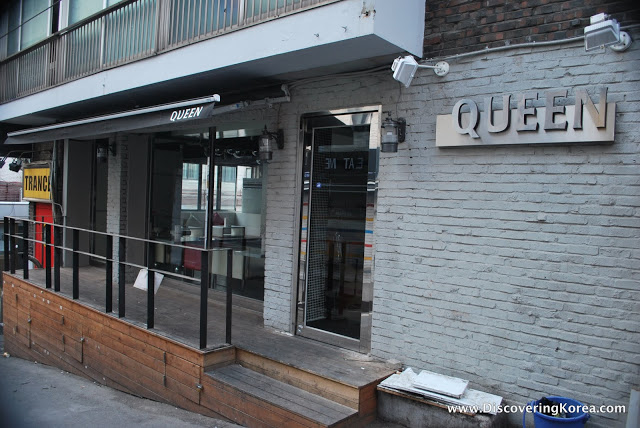
Lined with a half dozen hole-in-the-wall bars and dance clubs with campy names like “Always Homme” and “Eat Me,” it’s a popular weekend destination for a curious (and mostly harmless) mix of young gay Koreans and English teachers, their straight girl friends and the occasional U.S. military patrol.
Among the hillside venues, Queen packs its multicultural crowd into a tiny space. Made popular by shirtless bartenders and a free cover, punch-drunk patrons dance atop an elevated strip. Next-door is Trance.
The cellar-like space draws crowds on Fridays and Saturdays, when sequined drag queens lip synch pop tracks and upbraid their tipsy customers.
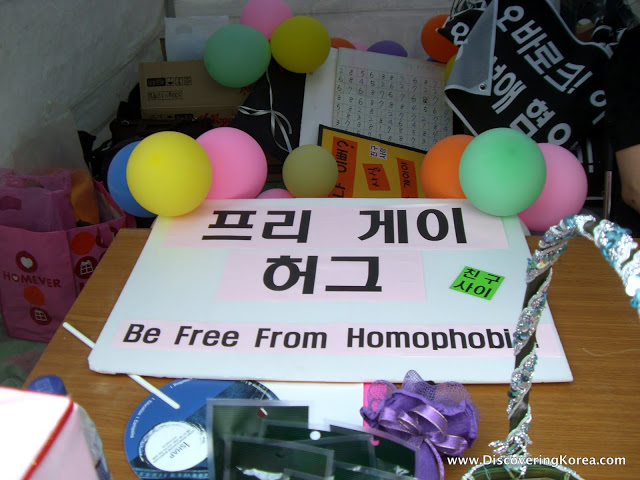
Paul Seo, the hill’s unofficial “mayor” and the owner of five gay-friendly Itaewon businesses, including the Why Not? dance club, says that despite queer Seoulites’ fickle tastes, the hill has remained a favorite.
June’s Gay Days
Now in its 15th year (!), the 2014 Korea Queer Festival’s film festival and parade are two of Asia’s oldest. This year’s events will kick off on June 7, 2014, when hundreds of queer Koreans, expats and allies will gather at a new location, the Sinchon Transit Mall.
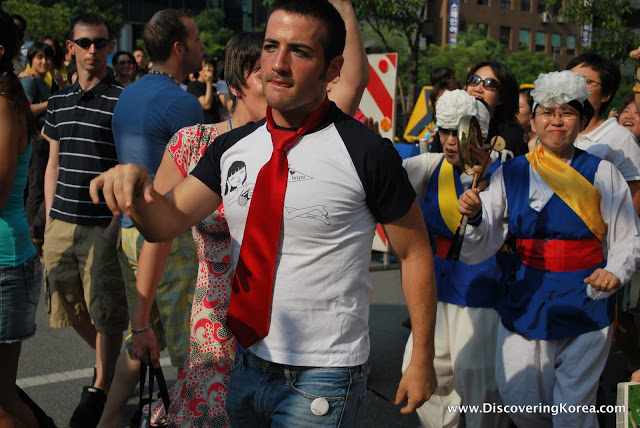
From June 12-15, a four-day screening of LGBT-themed films by Korean and foreign directors will also take place at the Seongmisan Theatre (성미산마을극장).
By any measure, Seoul’s queer “pride” events are modest in scale, but long-time festival coordinator Kenny Jun argues that it’s critical to advocate for greater rights for Korea’s LGBT population.
What’s more, the parade’s lack of overtly sexual content provides a refreshingly wholesome counterpart to the much larger (and raunchier) events from Sydney to San Francisco and São Paulo.
Incremental Change
It was more than two decades ago, in 1993, that Korea’s first LGBT organization was founded. Today, a new generation of queer activists is continuing to push for change for gay and lesbian Seoul, and beyond.
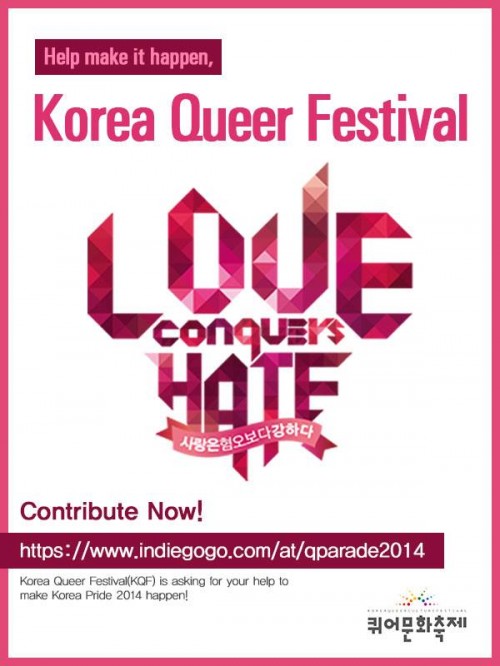
Rateen is a support group whose name combines the words “rainbow” and “teenager.” Founded in 2007 by two teens, the group claims over 5,000 members today.
Although it was created by and for young people, co-founder Roosky Lee says Rateen is also impacting the lives of people who came of age decades earlier.
After describing a conversation with a 49-year-old man, Lee said, “sometimes through our community [older people] just come and they start to realize their sexual identities. So I think we’ve kind of helped them.”
One more thing… The Korea Queer Festival relies almost entirely on the donations and support of people like you. Please consider making a donation to support one of Asia’s longest running LGBT parades and festivals!
About Matt Kelley
Matt Kelly is native of the US Pacific Northwest and is half-Korean by ethnicity. He lived in Korea for five years and has written hundreds of travel guides for Wallpaper, TimeOut, the Boston Globe and Seoul Magazine and was a host for several different variety shows on Korean radio and television.
